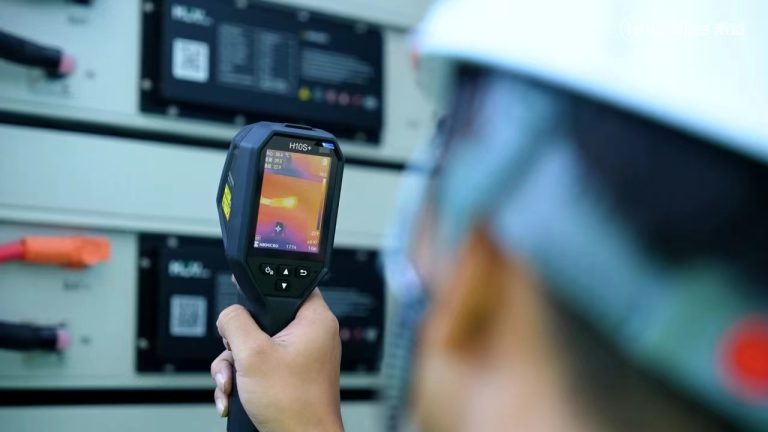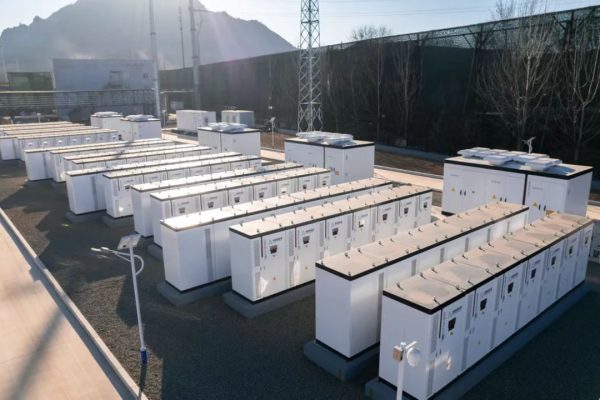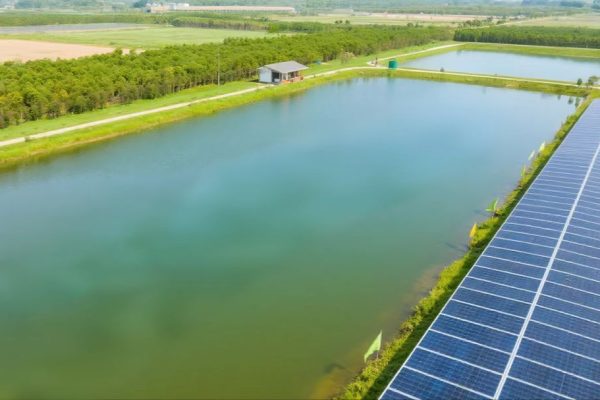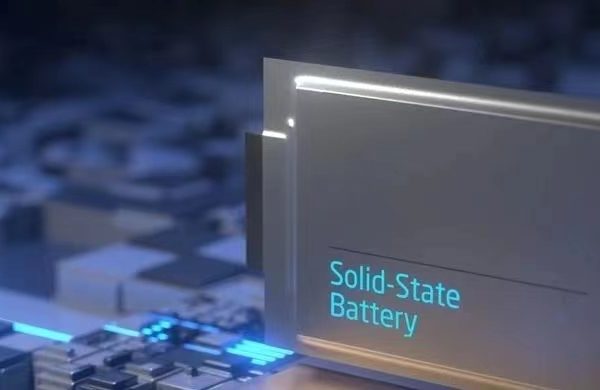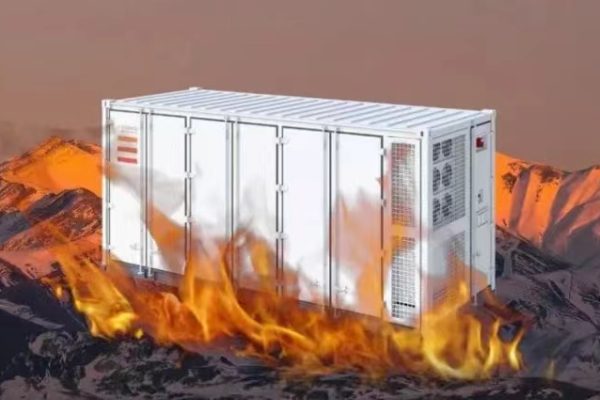Why Preventive Service Is the Key to Reliable Solar + Storage Performance
1. Beyond Installation Day
When a PV + Energy Storage System (ESS) goes live, the installer’s job may seem complete — panels are producing, batteries are charging, and the inverter dashboard shows green. But in reality, the project has only just begun.
For commercial and residential customers alike, long-term performance depends on proper maintenance. A well-structured maintenance plan doesn’t just prevent failures; it also:
- Extends component lifespan
- Preserves system ROI
- Ensures warranty compliance
- Avoids costly downtime
Whether you’re an EPC, distributor, or system integrator, offering long-term maintenance services can turn a one-time project into a lasting client relationship — and a recurring revenue stream.
2. Why Maintenance Planning Matters
A. Protecting ROI
A 1% annual drop in PV generation or battery efficiency can significantly reduce lifetime project returns. Maintenance ensures the system operates at optimal capacity.
B. Warranty Compliance
Most warranties — for inverters, batteries, and panels — require regular inspections and record-keeping. Without them, claims may be rejected.
C. Reducing Emergency Repairs
Unplanned failures are more expensive to fix and can cause extended downtime. Preventive service minimizes surprise breakdowns.
3. Core Components of a Long-Term PV + ESS Maintenance Plan
1. Scheduled Inspections
Frequency: Every 6–12 months
Scope:
- Visual inspection of PV modules for cracks, discoloration, or hotspots
- Check ESS cabinet seals for dust and moisture ingress
- Inspect cable terminations and DC isolators
- Verify inverter firmware is up to date
2. Performance Monitoring
Modern systems allow for remote monitoring of:
- PV production vs. expected output
- Battery state of health (SOH) and state of charge (SOC) trends
- Inverter efficiency and error logs
Tip: Set automated alerts for deviations beyond ±5% of baseline performance.
3. Battery Health Management
For LiFePO₄ and other chemistries:
- Balance charging cycles to avoid deep discharge damage
- Keep operating temperature within manufacturer specs
- Record SOH annually for warranty validation
4. Cleaning and Physical Maintenance
- PV modules: Remove dust, bird droppings, and debris at least twice a year
- ESS ventilation: Clean filters and ensure airflow is unobstructed
- Corrosion prevention: Check terminals and mounting structures
5. Firmware and Software Updates
- Update inverter and EMS (Energy Management System) firmware for bug fixes and new features
- Check cybersecurity measures for remote monitoring platforms
6. Documentation and Reporting
Each service visit should include:
- Detailed maintenance checklist
- Photographic records of components
- Performance data compared to commissioning benchmarks
This not only helps with warranties but also builds client trust.
4. Service Models for PV + ESS Maintenance
A. Time-Based Maintenance Contracts
Fixed schedule — e.g., quarterly or annual inspections. Predictable cost for clients.
B. Performance-Based Contracts
Payment tied to meeting uptime or efficiency targets — aligns your incentives with the client’s ROI.
C. Hybrid Plans
Base fee for scheduled visits + additional charges for on-demand service calls.
5. Leveraging Maintenance for Business Growth
Offering maintenance services does more than keep systems running:
- Upselling opportunities: Suggest battery expansions or inverter upgrades during service visits.
- Brand loyalty: Clients are more likely to choose you for future projects if you’ve been maintaining their current system.
- Recurring revenue: Smooths out cash flow compared to only project-based income.
6. Tools and Technology for Efficient Maintenance
- Drones: Fast and accurate PV array inspections for large sites.
- Thermal imaging: Detect hotspots before they cause failures.
- AI-driven EMS analytics: Predict component degradation before it affects performance.
7. Common Mistakes to Avoid
- Only reacting to breakdowns instead of preventing them
- Skipping documentation, risking warranty claim rejection
- Underestimating battery-specific maintenance needs
- Not training clients on basic care, leading to avoidable service calls
8. Maintenance as an Investment
A PV + ESS system is a long-term asset, and maintenance is the insurance policy that keeps it profitable. For suppliers, EPCs, and integrators, offering structured maintenance plans strengthens your business, builds customer loyalty, and protects your brand reputation.
Remember: the cheapest system is the one that runs reliably for decades — and that takes care, not luck.





